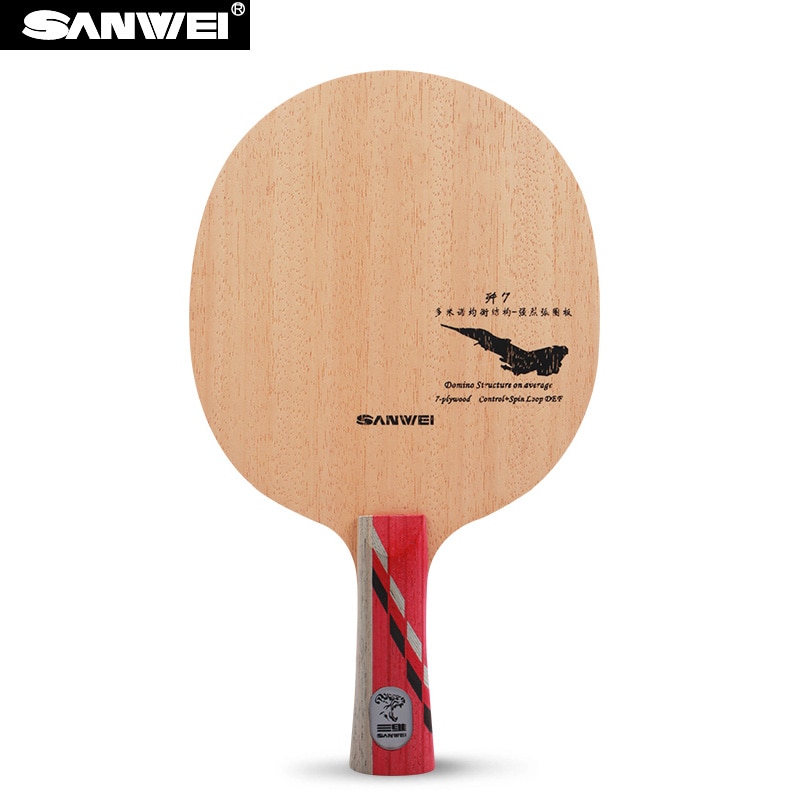People keep using the diving board analogy likes it's a great one, but it's not. For a diving board to function properly it needs to be calibrated to the user's weight, otherwise it will simply not spring back. "The spring constant of a springboard is usually adjusted by way of a fulcrum that is located approximately mid way along the springboard. Springboards are usually operated in a linear regime where they approximately obey Hooke's law. When loaded with a diver, the combination of the diver's approximately constant mass, and the constant stiffness of the spring(board) result in a resonance frequency that is adjustable by way of the spring constant (set by the fulcrum position). " The key term here is "resonant frequency", and the big difference is that a diving board is standing still, while in TT the blade is moving, which causes a pre-deflection. During play, the resonant frequency will only match for certain shots, in all other situations you will only get energy dissipation from that effect. So, you can't say that a flexy blade gives you high speed, otherwise an All-round classic would be the fastest blade of all time.
Here you are just confusing stiffness with hardness, and it still doesn't make much sense because the V5 has an Ash top ply, which is harder than Koto. None of these blades is really that flexy, Viscaria is usually around 1460Hz, and the V5 is a 6.3mm blade with ~1400Hz, not that far from Vis.
These are good points. I agree that my post was not as carefully written as I had hoped. It was dangerous of me to use the springboard analogy to directly describe what is going on. I am not trying to accurately describe the real mechanics, what I meant to describe is what my personal "feeling" is testing the blade. I know this is a bit wishy washy, but it is the best I can do with my limited knowledge on this very complex mechanical action...
So, I "felt" that the V5 pro was acting like a springboard. Also, I "felt" that the Viscaria is hard feeling, crispy with short dwell. With my stroke technique, the V5 is slow blocking, and very fast counter looping, with a long dwelly feel, and the Viscaria is fast blocking, fast counterlooping, with a short, hard, crispy feel. So the V5 has many more gears than the Viscaria, at least for my technique and rubber.
I was also sloppy to say "koto is hard, thus the blade has short dwell", I did not really mean that directly, sorry. There are may other factors that affect the equation, including wood thickness, glueing process, and the other layers of wood/composites, etc.
---------------------------------
Could you enlighten me: Where do gears come from in a blade? I had assumed it was due to the flex/springboard effect, but perhaps I am mistaken. Why exactly is V5pro slow and controlled in blocks with a long dwell, and faster than Viscaria in counterlooping?
Also, do you have a guess what ash Sanwei uses for there blade? There are a variety of different ashes, some harder and some softer than koto. Maybe there is an industry standard, but I am ignorant on this topic.












